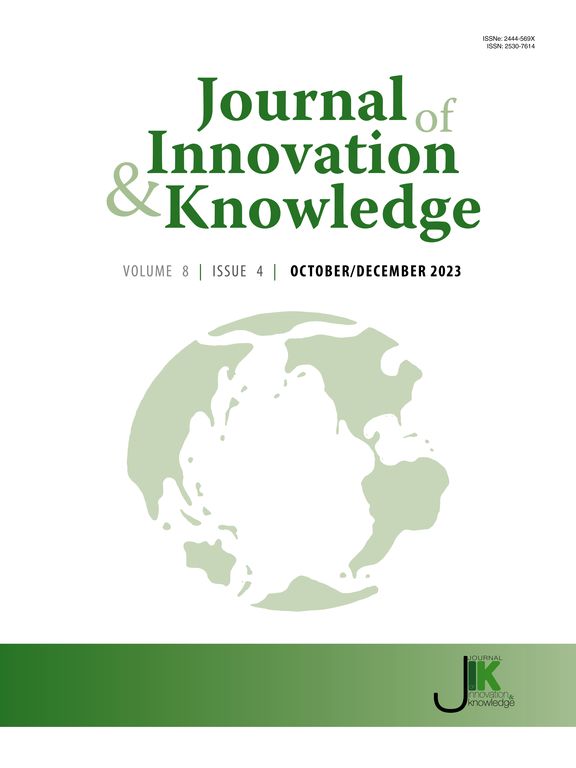Unpacking digital transformation – Constructing a framework based on industry use cases
IF 15.5
1区 管理学
Q1 BUSINESS
引用次数: 0
Abstract
Based on industry use cases, we identify six distinct types of digital transformation (DT), each grounded in a specific concept or enabling technology. These DT types can be implemented individually or combined to drive transformation initiatives. While deploying a single DT type often focuses on improving operational efficiency or streamlining existing workflows, initiatives that combine multiple DT types tend to pursue more ambitious goals, such as the creation of new products, services, or business models. However, the complexity increases significantly with the integration of multiple DT types, as organizations must not only address behavioral changes but also overcome technical challenges involving systems integration, data architecture, and interoperability.
拆解数字化转型——构建基于行业用例的框架
基于行业用例,我们确定了六种不同类型的数字转换(DT),每种类型都基于特定的概念或启用技术。这些DT类型可以单独实现,也可以组合起来驱动转换计划。虽然部署单一的DT类型通常侧重于提高操作效率或简化现有的工作流程,但组合多个DT类型的计划倾向于追求更雄心勃勃的目标,例如创建新产品、服务或业务模型。然而,随着多种DT类型的集成,复杂性显著增加,因为组织不仅必须处理行为变化,还必须克服涉及系统集成、数据体系结构和互操作性的技术挑战。
本文章由计算机程序翻译,如有差异,请以英文原文为准。
求助全文
约1分钟内获得全文
求助全文
来源期刊

Journal of Innovation & Knowledge
Multiple-
CiteScore
16.10
自引率
12.70%
发文量
118
审稿时长
37 days
期刊介绍:
The Journal of Innovation and Knowledge (JIK) explores how innovation drives knowledge creation and vice versa, emphasizing that not all innovation leads to knowledge, but enduring innovation across diverse fields fosters theory and knowledge. JIK invites papers on innovations enhancing or generating knowledge, covering innovation processes, structures, outcomes, and behaviors at various levels. Articles in JIK examine knowledge-related changes promoting innovation for societal best practices.
JIK serves as a platform for high-quality studies undergoing double-blind peer review, ensuring global dissemination to scholars, practitioners, and policymakers who recognize innovation and knowledge as economic drivers. It publishes theoretical articles, empirical studies, case studies, reviews, and other content, addressing current trends and emerging topics in innovation and knowledge. The journal welcomes suggestions for special issues and encourages articles to showcase contextual differences and lessons for a broad audience.
In essence, JIK is an interdisciplinary journal dedicated to advancing theoretical and practical innovations and knowledge across multiple fields, including Economics, Business and Management, Engineering, Science, and Education.
 求助内容:
求助内容: 应助结果提醒方式:
应助结果提醒方式:


